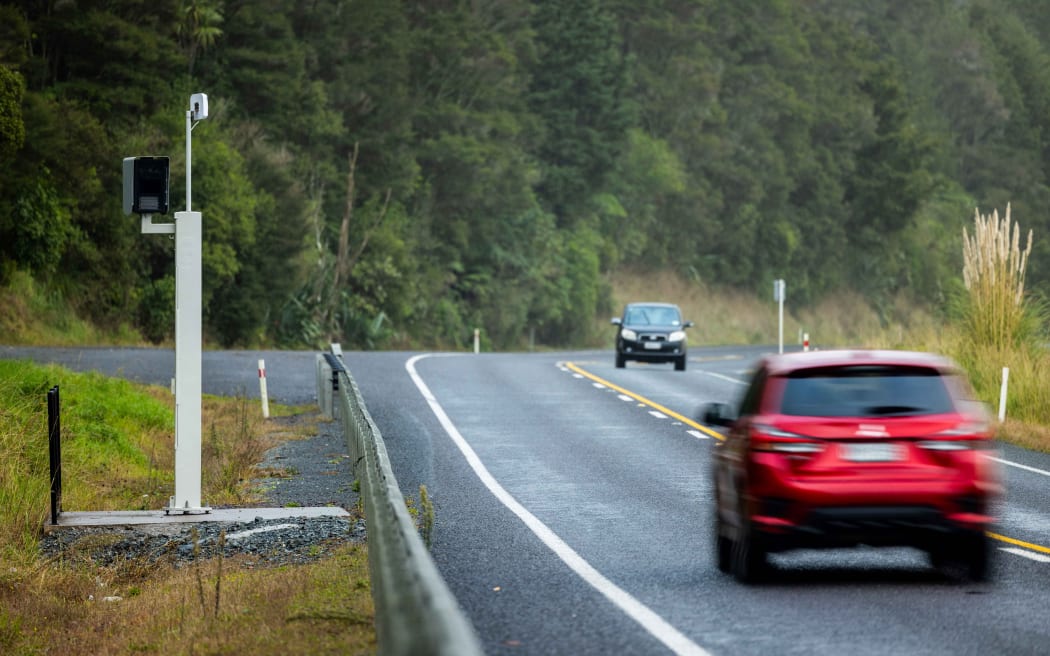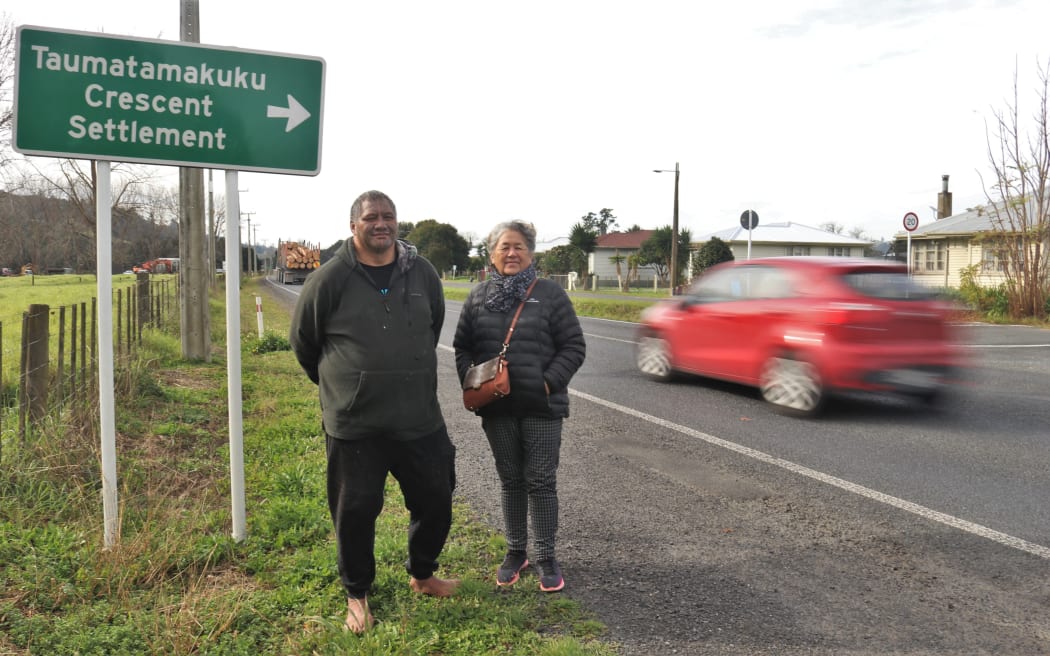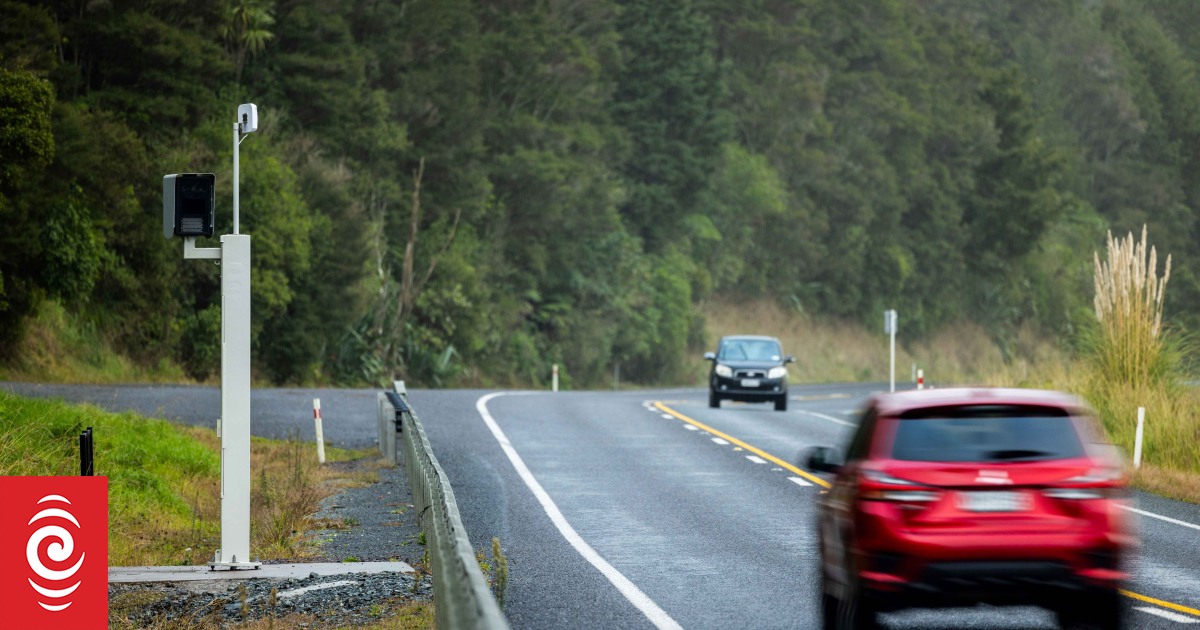
The Far North’s first fixed speed camera is set to be turned on.
Photo: Supplied / NZTA Waka Kotahi
Speeding is set to become costly in the Far North when the district’s first fixed speed camera is turned on later this month.
The camera has been placed on State Highway 1, in an 80km/h zone between Kawakawa and Moerewa.
NZ Transport Agency Waka Kotahi installed the camera after a long campaign by residents of a nearby settlement, Taumatamākuku, where five people were killed and six seriously injured in crashes between 2018 and 2023.
The new camera can only detect speeding and will be NZTA’s first in Northland.
Its automated number plate recognition (ANPR) functionality has been removed because it is not needed at the Taumatamākuku site.
The camera also cannot detect cellphone or seatbelt use, body heat signatures or facial recognition.
The two existing fixed speed cameras in Northland are operated by police and located in Te Kamo in Whangārei, and Kaiwaka in Kaipara.
Previously, only mobile speed cameras, set up in vans parked along highways, have been used in the Far North.
Speeding fines start from from $30 for speeds less than 10 km/h over the limit, and go up to a maximum of $630 for speeds up to 50km/h over the limit.

Community leaders Roddy Pihema and Te Awe Koni, of Taumatamākuku Community Residents Representative Committee, have long campaigned for greater road safety in and around the settlement.
Photo: RNZ / Peter de Graaf
Community leader Roddy Pihema said the camera would help bring peace of mind to Taumatamākuku residents and the wider community.
“I’ve had six families who have lost loved ones on our roads come up to me to say they all needed this camera. It’s about protecting life and keeping everyone safe,” he said.
Pihema’s tireless campaign for safety improvements has also led to lowered speed limits and speed bumps within Taumatamākuku settlement, and the construction of footpaths so children and the elderly no longer have to walk on the road.
Local iwi Ngāti Hine is also on board with the camera.
Even a small drop in speed would make a big difference to the risk of death or serious injury in a crash, iwi spokesperson Mike Butler said.
The camera, however, has not been without controversy.
It was originally erected for testing in 2023, then removed and replaced by a different model that was not capable of automatic number plate recognition.
That was believed to have been the result of concerns raised by local residents about the use of the technology.
“There’s also a strong desire from the local community to see people slow down,” NZTA head of regulatory strategic programmes Tara Macmillan said.
The new camera would improve safety on the high-risk stretch of road, she said.
A speed survey by NZTA in April and May 2023 showed about 40 percent of vehicles were travelling faster than the 80km/h limit.
Macmillan said the agency did not want to issue fines and would prefer motorists not speed.
Temporary illuminated signs would be installed shortly to let drivers know the camera was about to be turned on.
That would be followed by permanent ‘safety camera area’ signs once the camera had been activated on 17 June.



